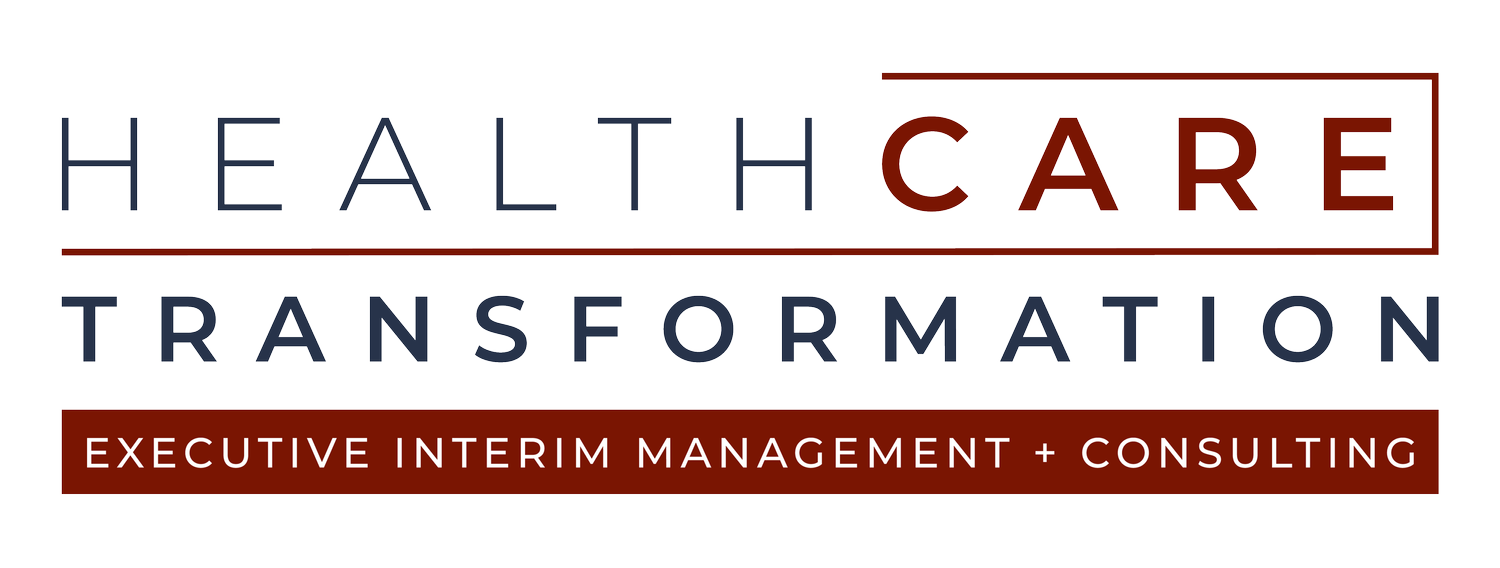7 Examples of Personalized Healthcare Strategies in Action
How Healthcare Executives can Support Innovative Personalized Solutions
Healthcare executives play an important role in supporting the growth of personalized healthcare strategies. From leveraging digital health tools to creating new care models, there are many ways for healthcare executives to contribute to a more effective and efficient healthcare system. Let’s take a look at 7 examples of how healthcare executives are leading the charge when it comes to supporting personalized healthcare strategies.
Leveraging Digital Health Tools. Digital health tools have the potential to dramatically improve patient care by providing access to real-time data and giving patients greater control over their own health. Healthcare executives can support this shift towards digital health solutions by investing in research and development of these tools, as well as by incorporating them into existing care models.
Developing New Care Models. Healthcare executives can also support personalized healthcare strategies by developing new care models that focus on providing individualized, patient-centered care. This includes creating programs that emphasize preventive care and early diagnosis of diseases, as well as developing approaches that use data analytics to tailor treatment plans for each patient’s unique needs.
Supporting Patient Engagement Initiatives. Patient engagement is key when it comes to delivering personalized healthcare solutions. Healthcare executives can support this effort by creating initiatives that empower patients with the information they need to make informed decisions about their own health, as well as by encouraging collaboration between patients and providers throughout the entire treatment process.
Establishing Interdisciplinary Teams. By establishing interdisciplinary teams composed of physicians, nurses, pharmacists, nutritionists, mental health professionals, and other specialists – healthcare executives can create comprehensive care teams that are better equipped to address a wide range of issues related to personalized healthcare strategies. These teams should be designed with the goal of improving communication among providers and ensuring continuity of care for patients across multiple settings or disciplines.
Utilizing Telemedicine Services. Telemedicine services have become increasingly popular in recent years due to their ability to provide convenient access to medical services while reducing costs associated with in-person visits or hospital stays. Healthcare executives can help drive adoption of telemedicine services through education campaigns aimed at both patients and providers alike so that everyone understands how these services can improve patient outcomes while increasing efficiency within the system overall.
Utilizing Predictive Analytics. Predictive analytics has quickly become one of the most powerful tools available for driving innovation in the healthcare industry today; however, it requires a significant amount of data which means that implementation requires careful planning on behalf of healthcare executives who must ensure that all necessary data is collected before attempting any predictive modeling efforts.
Creating Data Security Protocols. As personalization becomes more widespread throughout the industry it is essential for healthcare organizations to ensure that all sensitive patient information is kept secure from outside threats or malicious actors who may attempt unauthorized access or misuse such data; therefore, it is important for healthcare organizations develop robust security protocols which protect confidential data from being accessed without proper authorization .
Personalized healthcare solutions offer tremendous potential for improving patient outcomes while reducing costs associated with delivering quality medical services; however, such solutions require careful planning on behalf of hospital administrators and other stakeholders within the industry if they are going to achieve desired results. By leveraging the above strategies, healthcare leaders have many opportunities available through which they can support innovation within their organizations. Ultimately, these measures will not only help improve individual hospitals but also contribute towards larger efforts aimed at transforming our entire system so that all individuals receive access to quality medical care regardless of economic or social status.


